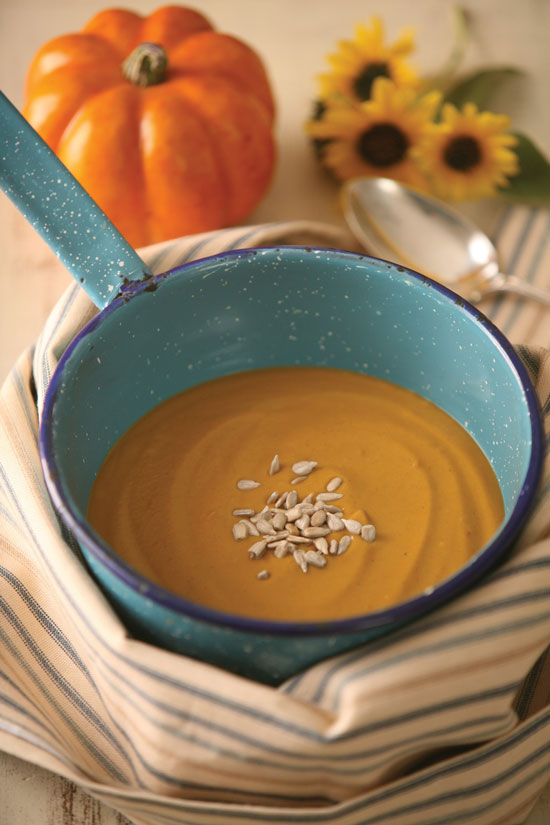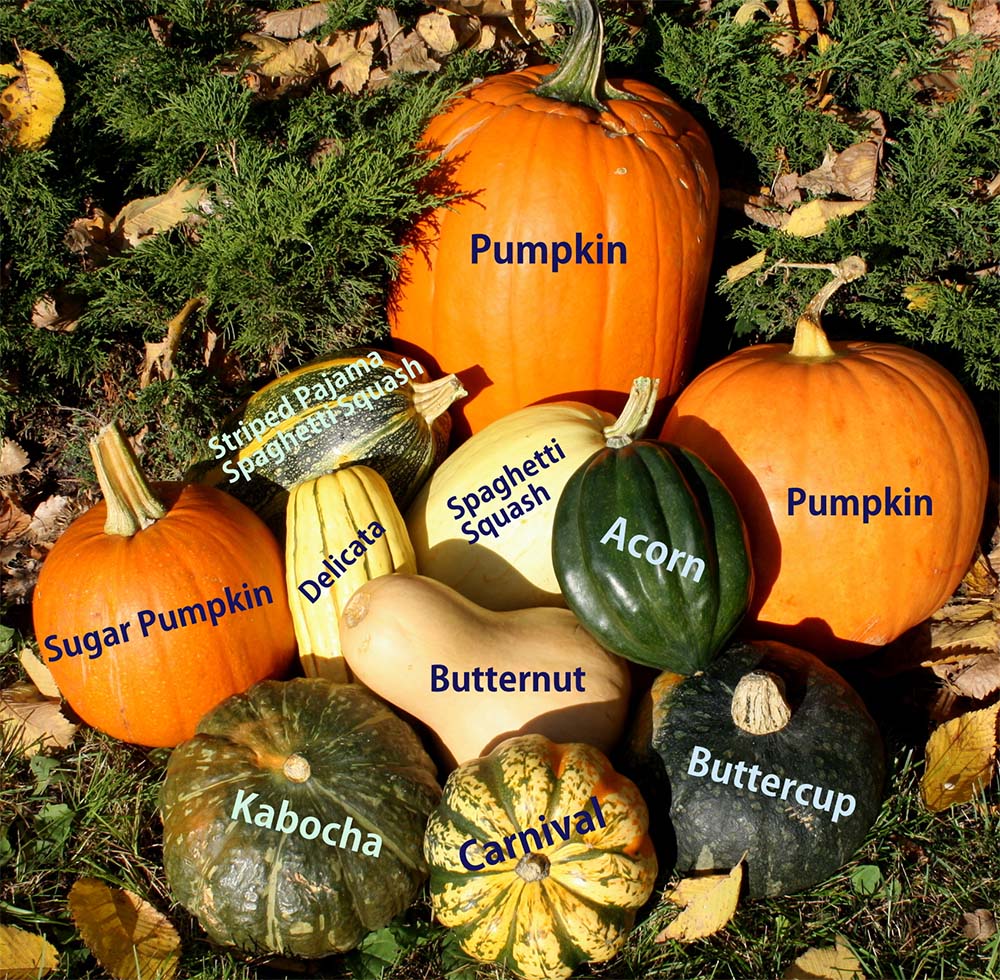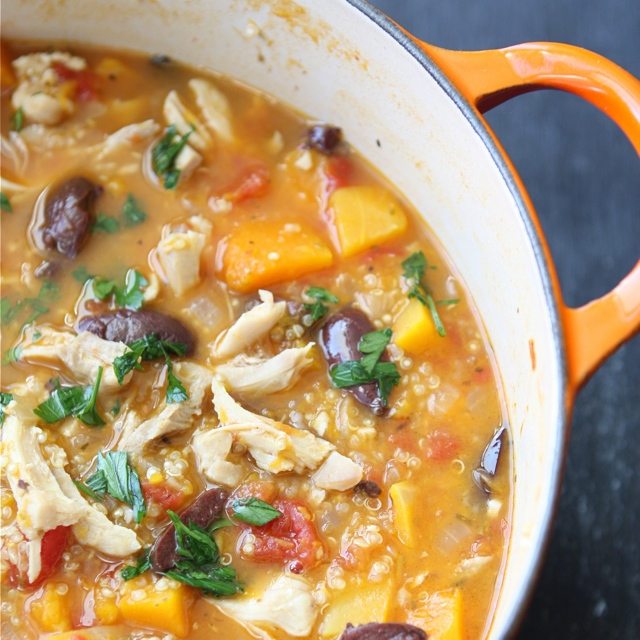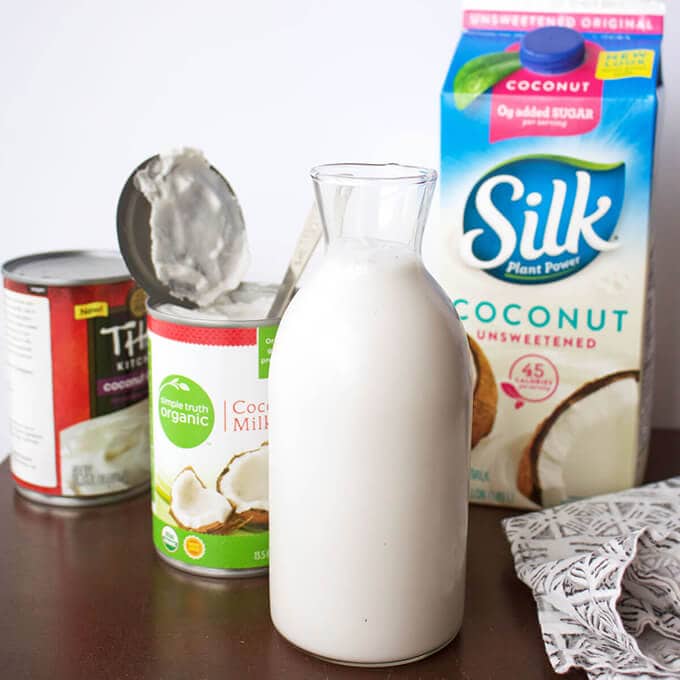Make Magic By Combining These Flavors!
I’m talking about pumpkin and coconut. These are popular flavors that blend really well—in fact, the combination works magic! So let’s get the ball rolling right off the bat with a delicious fall and winter soup recipe.
I found this on a great site, Heirloom Gardener (www.heirloomgardener.com). It’s been my experience that seasoned gardeners tend to know how to cook the things they grow. So when a gardener shares his or her favorite vegetable recipe, I pay attention. This is good enough to be part of your Thanksgiving feast. See what you think:

PUMPKIN-COCONUT SOUP (yield: 8 servings)
2 tablespoons extra virgin olive oil
1/2 teaspoon crushed red pepper flakes
8 cups pureed pumpkin
2 (14-ounce) cans coconut milk
3 cups vegetable or chicken broth
1 teaspoon cinnamon
1/4 teaspoon garam masala
1 teaspoon salt
1. In a large stockpot, heat the olive oil over medium heat and sauté the crushed red pepper flakes for a minute.
2. Add the pumpkin and stir well. Pour in the coconut milk and vegetable broth, stirring well. Bring to a simmer and cook for 10 minutes.
3. Using an immersion blender, puree the soup in the pot. Add the cinnamon, garam masala, and salt; simmer for another 20 minutes.
4. If the soup is too thick for your liking, add more broth to taste. Garnish with nuts, croutons, or fresh herbs.

Pumpkin belongs to the winter squash family, and is incredibly versatile. The flavor of winter squash is best brought out by the high heat of baking or sautéing; however, it’s tasty when steamed, as well. While more labor-intensive than baking, sautéing produces a nice texture and flavor. Here’s the basic how-to for squash sautéing:
Slice the squash into manageable pieces
Peel it by cutting away large sections of rind with a sharp knife.
Cut the flesh into 1" cubes
Toss with olive oil or melted butter
Saute over medium-high heat for 20 minutes or until tender.

From here you can add it to stir fry, a casserole, soup, chowder, or even layer it atop rice or noodles. I’ve also layered it onto my tossed salads. In all its buttery goodness, it adds color, flavor, and a healthy shot of vitamins.
Then there’s the coconut milk part of this recipe. This ingredient is also remarkable. Not to be confused with coconut water (the liquid from the nut’s center), coconut milk is produced from the coconut’s white, meaty flesh.

Coconut milk is generally found fresh or commercially produced in cans and cartons. The use is often dependent on its processing technique, or specifically the method of squeezing and thinning the coconut cream. Thicker products are mostly used for rich desserts, thinner milk used for soups and curries, while the thin, fluid milk is mostly used as a dairy-free milk substitute.
It’s an excellent source of the B vitamin complex, vitamins C, D and E, and minerals including phosphorus, copper, iron, selenium, calcium, manganese, and magnesium.
And coconut milk stacks up well when compared to dairy. The Silk® milk (alternatives to dairy) website published a comparison between its boxed coconut milk, canned coconut milk, and dairy milk.

And in addition to all that, coconut milk supports bone and cardiovascular health, strengthens the immune system, facilitates weight loss, and is allergen free.

So when you need a little something extra special on your menu, why not start combining these two foods? You’ll love the magic it makes; it’s like pulling a rabbit out of a hat!
- www.heirloomgardener.com
- www.fooducate.com
- www.cookincanuck.com
- www.karissasvegankitchen.com
- www.thecomedians.blogs.sapo.pt
 Alice Osborne
Alice Osborne
Weekly Newsletter Contributor since 2006
Email the author! alice@dvo.com
